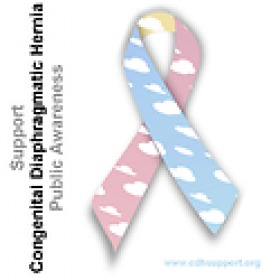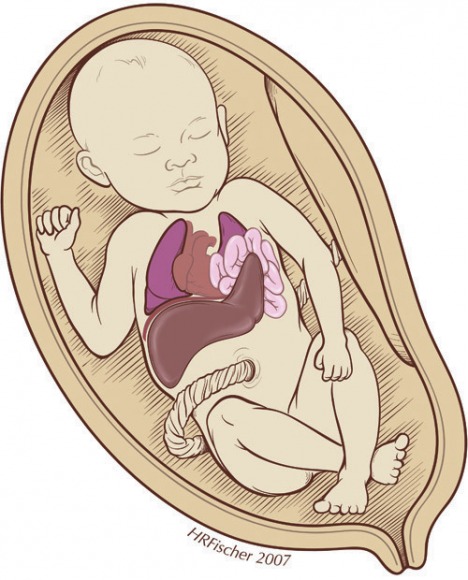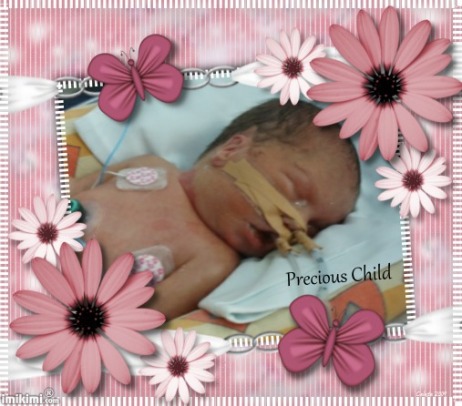Congenital Diaphragmatic Hernia

Written by A/Professor Nadia Badawi, consultant neonatologist
Thanks to http://cdh.org.au/aboutcdh.html
The diaphragm is a muscle that helps us to breathe and separates the chest cavity from the abdominal cavity. It develops in early foetal life. Congenital diaphragmatic hernia is the absence of the diaphragm or, more commonly, the presence of a defect in the diaphragm. It can occur on either the left or the right side but is most common on the left (80%). As there is a defect in the diaphragm, the abdominal contents including the stomach, intestine, liver and spleen can be displaced into the chest cavity. CDH is usually an isolated condition, although other congenital anomalies, most commonly cardiac, may be associated and influence the prognosis. Since these organs are in the chest cavity and not where they are supposed to be, the lungs have insufficient space to grow normally and are therefore smaller than they should be. The determinants of survival include the degree of underdevelopment/undergrowth of the lung and the supplying blood vessels with associated pulmonary hypertension, as well as the gestation of the baby.
Thanks to http://cdh.org.au/aboutcdh.html
The diaphragm is a muscle that helps us to breathe and separates the chest cavity from the abdominal cavity. It develops in early foetal life. Congenital diaphragmatic hernia is the absence of the diaphragm or, more commonly, the presence of a defect in the diaphragm. It can occur on either the left or the right side but is most common on the left (80%). As there is a defect in the diaphragm, the abdominal contents including the stomach, intestine, liver and spleen can be displaced into the chest cavity. CDH is usually an isolated condition, although other congenital anomalies, most commonly cardiac, may be associated and influence the prognosis. Since these organs are in the chest cavity and not where they are supposed to be, the lungs have insufficient space to grow normally and are therefore smaller than they should be. The determinants of survival include the degree of underdevelopment/undergrowth of the lung and the supplying blood vessels with associated pulmonary hypertension, as well as the gestation of the baby.


